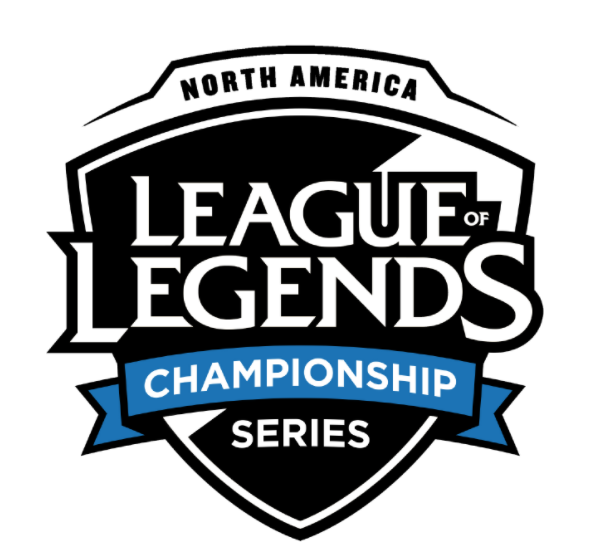PR and the Future of Esports
By James Smalec, Account Supervisor at PRLab

(Source: North America League of Legends Championship Series, 2017)
What does the Houston Rockets, Boston Celtics, Cleveland Cavaliers, Milwaukee Bucks, and Golden State warriors all have in common?
The answer, Esports. Specifically League of Legends (League), the largest Esport in the world. Right now the World Championship in China are going into the finals between the two Korean powerhouses SKT1 Telecom and Samsung Galaxy.
More importantly is the news that came earlier this year: Riot games, the maker of League and the company who manages the competition, announced that the North American Championship would begin franchising. Franchising meaning it opened up entry into the competition.
Enter all of these NBA teams who wish to get a cut of the pie. Each NBA team has bought a stake in an already existing team or plans to create a team of their own to compete. In order to enter the League, teams must pay $10 million dollars if they’re a pre-existing team, and $15 million if they’re a new team. The purpose of the entire franchising deal is to help the Esports achieve its multi-billion dollar industry goal. It is creating new teams, a player’s union, and making the overall scene more profitable.

(Source: Team SoloMid, Riot Games/Flickr, 2017)
How does Public Relations play into all of this?
Simply put, these teams in the new League of Legends North America League will need help marketing their new or existing brand. Luckily there is precedent set out by pre-existing teams. Public relation professionals will need to help the industry transition to its multibillion dollar lofty dreams.
To do so there are a few key steps in achieving this:
There will need to be a substantial amount of branding done by new and current teams to capitalize on the large changes in the scene. These branding goals need to be able to retain current fans and capture new fans who show an interest in Esports. To do this, storytelling will be vital, as it will personalize individual players and teams. In turn, this will make them relatable and appealing to the public.
A second challenge that arises is creating a niche messaging to the audience that watches Esports. The audience isn’t made of your typical sports fans: The main demographic appeals to men from 15-35, but not barred to women either. Gamers represent a unique niche demographic that can be relatively difficult to access. It will be up to PR professionals to work on the best methods to reach the target audience to deliver them the products they may not be aware of.
Finally, practicing professionals and Riot Games should consider how to capture new interest in Esports. How can they capture the attention of people who don’t necessarily play video games? Or how can they capture those that do, but don’t watch the professional scene? The market will need to expand, but to do so, PR practitioners will need to find a way to minimize the gap between people who aren’t quite at the watching phase.
In the end there is a significant number of people watching Esports already. Just last year’s League of Legends World Championship had 43 million people tune into the entire tournament. Esports is an industry that is streamed online to millions of viewers across the world. It is still a young industry but, it’s growing fast. Helping the industry develop into a billion dollar industry is what is needed from PR professionals. To help pave the way of the next competitive viewing experience, the next NBA or NFL.